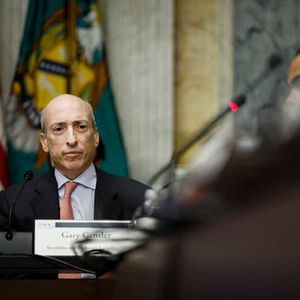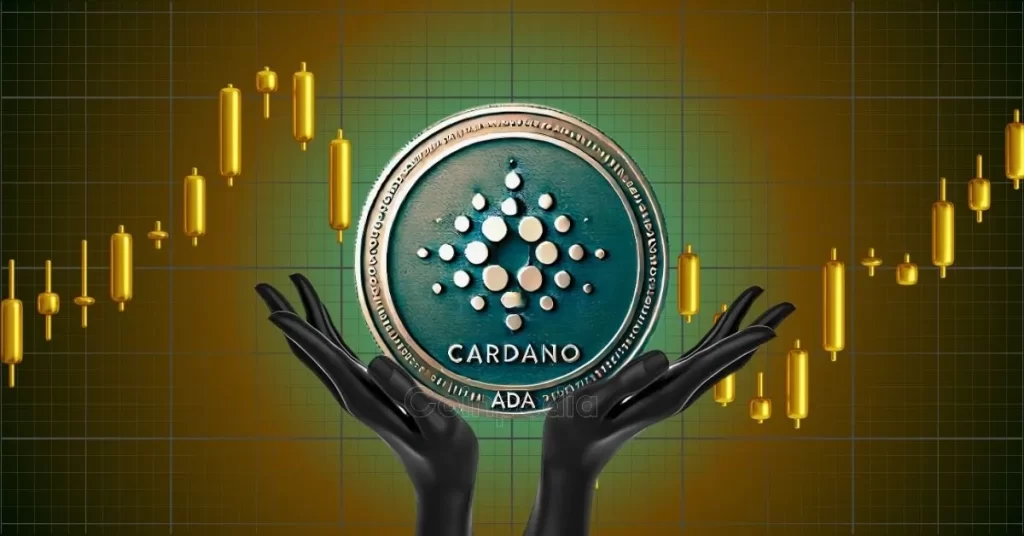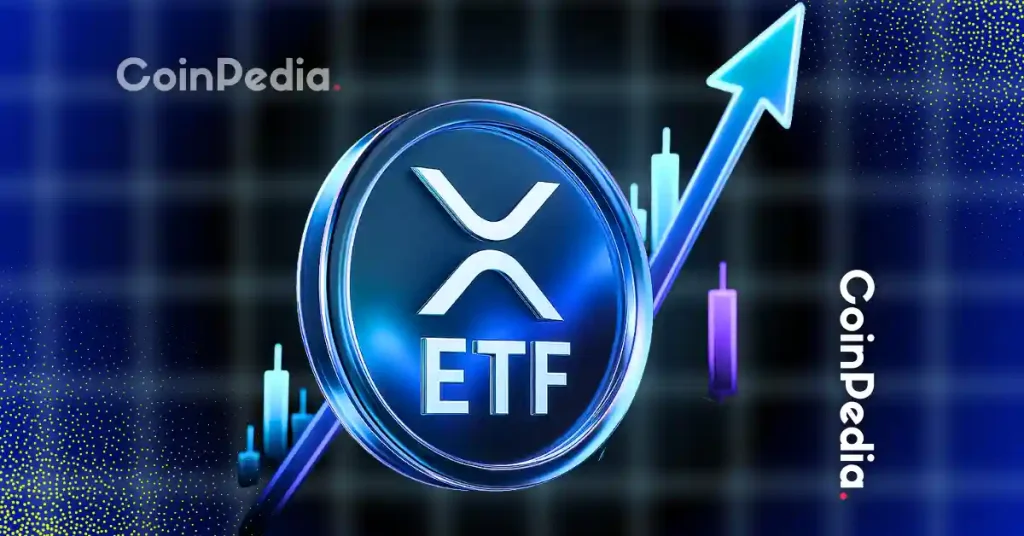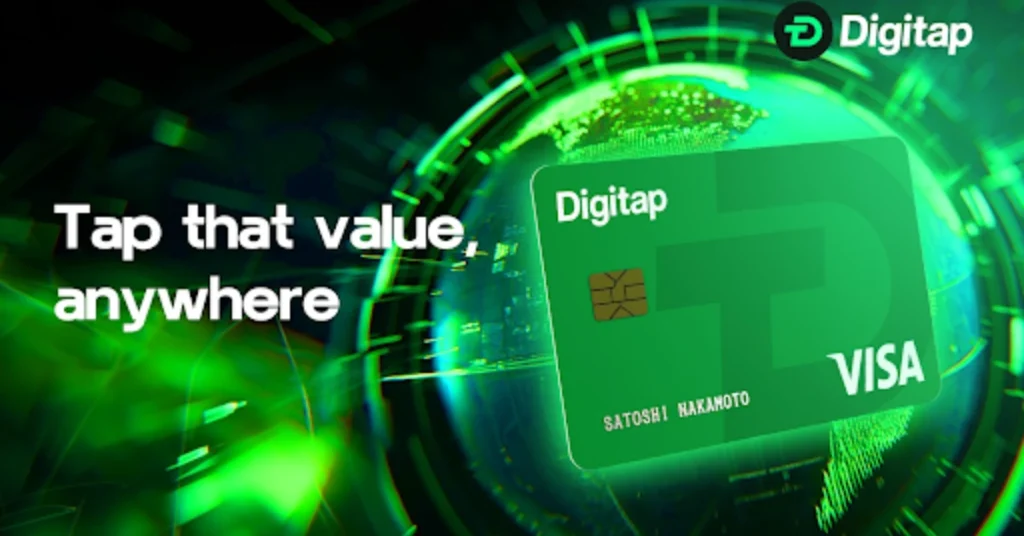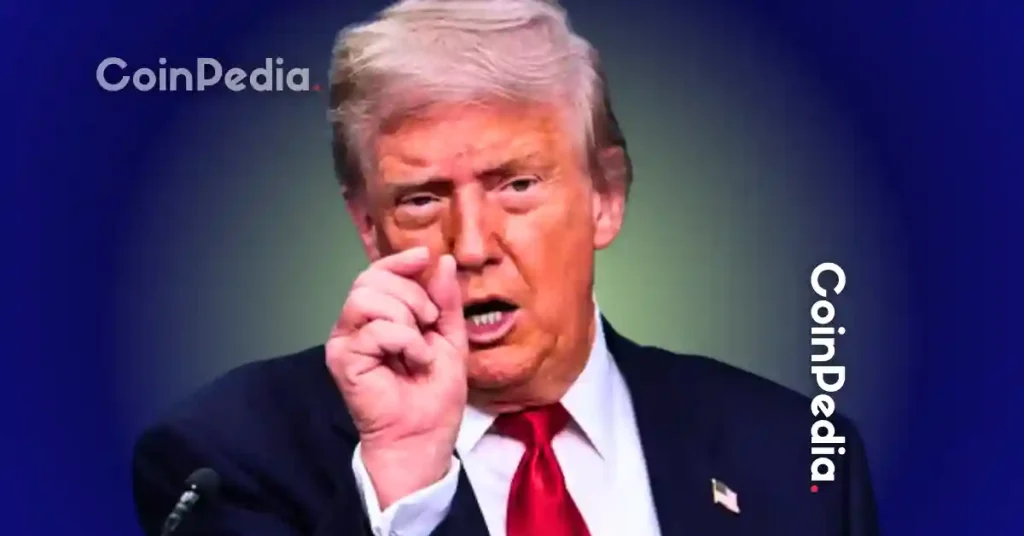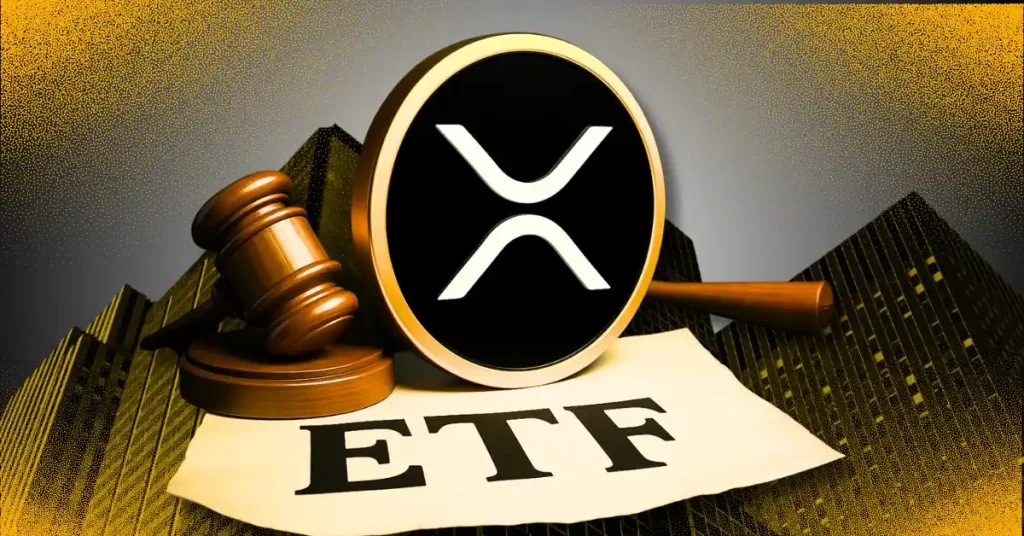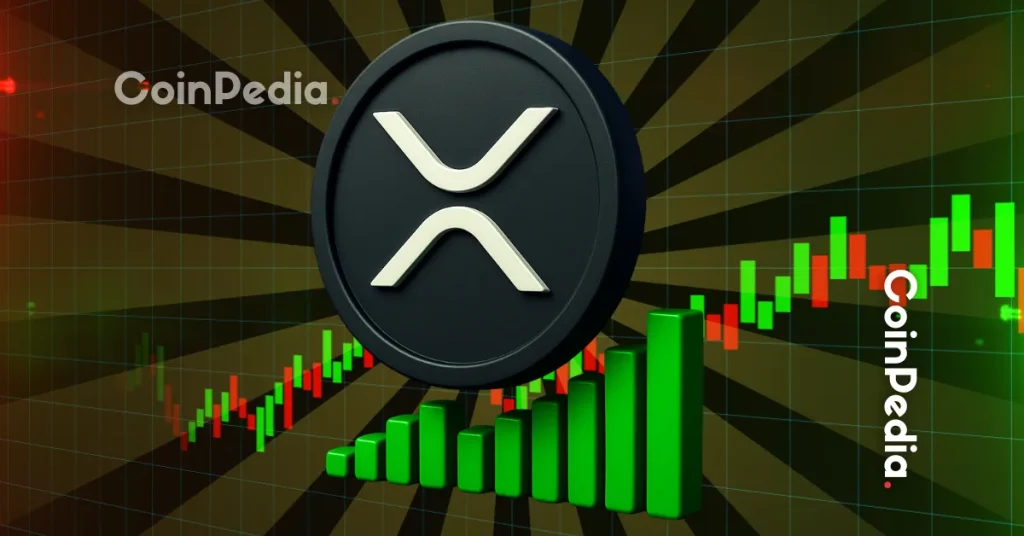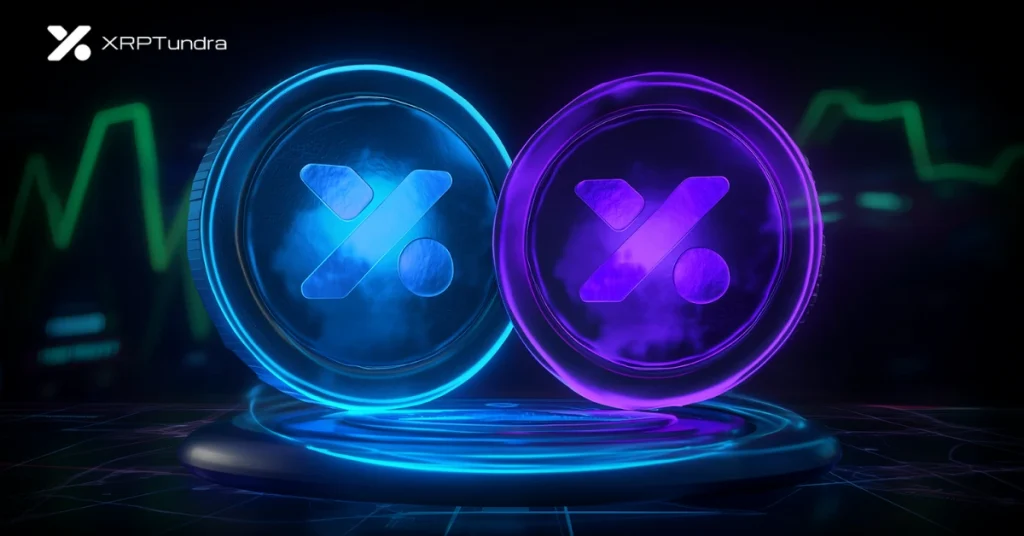Summary The SEC recently filed lawsuits against Coinbase and Binance for operating unregistered securities exchanges, but the overall blockchain-related innovation will likely remain relatively unscathed by this motion. Crypto innovation is being driven from the U.S. but will continue as it is welcomed with open arms in other regions of the world, with the biggest losers being the U.S. and the biggest winners being other crypto-friendly countries. The flight to safety and quality is likely to persist, making BTC and ETH long-term outperformers in digital assets, while DeFi will likely dominate more of crypto trading as centralized exchanges face regulatory pressures. The SEC recently filed lawsuits against Coinbase ( COIN ) and Binance for operating unregistered securities exchanges. They are also accusing Binance of misusing customer funds and violating other securities laws. Binance is doubtlessly the biggest crypto company in the world, responsible for introducing millions of people worldwide to digital assets. Binance’s international platform offers spot and derivatives trading for a huge variety of coins and tokens. Binance’s operations within the U.S. have been muted out of caution for U.S. regulations. Filling that void within the U.S. has been Coinbase. Coinbase is directly responsible for introducing millions of Americans to crypto. It doesn’t offer derivatives on its platform (at least not for Americans), but users can trade assets from many different blockchains and send their assets to self-custodied wallets. Binance and Coinbase are titans in crypto, but the recent aggression by the SEC was something we in the crypto industry have seen coming for a while. Cryptocurrencies sold off as the news hit, quickly rebounded the next day, and has been trending down in the last few days. So what can we expect for crypto going forward? There are many ways to answer this question because there are different facets of crypto which are simultaneously relevant but also rapidly changing in relevance. I will first talk about the big picture of how overall blockchain-related innovation will be impacted, and then narrow the focus onto investments in the digital assets space. I intend to minimize discussions centered on predicting what the U.S. government will do because there is just too much uncertainty in that realm right now given upcoming elections, the already intense scrutiny Mr. Gary Gensler is facing, and U.S. monetary policy. The most important reason, however, is that crypto is much, much bigger than it seems in America or to the average American. There is, after all, a whole world outside the Land of the Free. We Americans would do well to remember that. A Futile Assault on Innovation The bottom line is that innovation in blockchain and digital assets will be relatively unscathed by this motion. Crypto as an industry will be fine in the medium to long term, as long as there is no grand conspiracy to create a worldwide Orwellian surveillance state and roll out a global Central Bank Digital Currency ((CBDC)). What will certainly suffer is America’s part in the crypto industry, because talent will be driven offshore by such aggressive maneuvers. To be fair to the U.S. government, they need to do a lot of face-saving after letting something like FTX blow up so spectacularly without encountering major regulatory obstacles. The pendulum has swung from mildly dovish to extremely hawkish, mostly to give the political image of a regulatory body that is justly enforcing its functions. Also, there are ample instances of regulatory arbitrage throughout the digital assets space, where insiders and venture investors are basically using retail as exit liquidity for crypto startups with dubious utility. Moreover, much of crypto’s utility today is little more than price speculation. The Ethereum ( ETH-USD ) ecosystem is mostly composed of decentralized applications cater to speculators by providing high amounts of leverage and abnormally high “yield” from shuffling around tokens. Unfortunately, speculation for speculation’s sake is the current body and soul of DeFi. But the reality is the SEC has been rather unclear with regulations and unwilling to work with teams who had every intention of operating in the good faith. As a result, innovators have been and will continue to move out of the U.S. to protect their business. This ultimately will not have a negative impact on innovation. Again, America’s role will be substantially reduced, but overall progress in the realm of blockchain technology, Web3, and DeFi will be untouched. Software’s online nature makes the transition only as difficult as setting up a corporate entity in another country and geo-fencing U.S. IP addresses in app frontends. Development continues, and with some American developers moving abroad, the U.S. loses tax revenue from corporations and personal income. Other countries have understandably welcomed the brain drain out of the U.S. crypto industry. Who doesn’t want extra money? Value-creating crypto startups will continue to receive financing from U.S. based investors. Most startups are financed by VCs who are not restricted to U.S. based ventures. Because building doesn’t really stop, the selloffs induced by high-profile regulatory aggression are great buying opportunities for blue-chip digital assets. Also, as DeFi coalesces around vertical integration and prioritizing user experience – important elements which are currently underserved in DeFi – the individual winners in the crypto protocol space will become more apparent. The biggest losers under the current path is the U.S. and the biggest winners are other crypto-friendly countries. Crypto itself is largely unaffected by this drama. Other Countries Take The Hint The news of Hong Kong opening licensing to crypto exchanges drew some attention in the crypto industry. China implemented a rather high-profile crackdown on Bitcoin ( BTC-USD ) mining and all crypto activities back in mid-2021. Two years later, the Chinese government seems to be reconsidering its stance on crypto, seemingly using Hong Kong’s politically distinct status as a testing ground before rolling out a more comprehensive set of procedures for the Mainland. Note that China used a similar playbook to introduce and examine the impacts of their own CBDC: the digital yuan (or e-CNY). From this article : The People’s Bank of China (PBOC), China’s central bank, first began trialing the e-CNY app in April 2020 when it launched internal testing in four cities. This pilot program has since gradually been expanded through invites and cash incentives to eventually reach 140 million registered users by October 2021, according to the PBOC. The Chinese Communist Party ((CCP)) maintains a tight hold over the Chinese economy, so observing the effects of monetary infrastructure in siloed systems is their most prudent strategy for implementing monetary innovations like blockchain. The fact that they have done a big pivot from their staunch anti-crypto stance two years ago to implement a similar trial in Hong Kong should not be taken as a red herring. Another example is El Salvador, which is incentivizing innovation by eliminating taxes on various technological industries. El Salvador recently appointed Dr. Saifedean Ammous, the author of The Bitcoin Standard , as the economic adviser to their National Bitcoin Office. Furthermore, the country has been exploring educational opportunities for its citizens to learn about Bitcoin, and specifically Lightning Network, development. These are decisive moves to welcome crypto innovation. And similar tax incentives and recognitions have been implemented in other countries across the world. One Interesting Thing… As I looked through the accusations of the SEC, I started to notice that the digital assets targeted have mostly been proof-of-stake cryptocurrencies or protocol utility tokens for smart contract applications. The only proof-of-work cryptocurrency on the list was DASH. Below is a list of the cryptocurrencies which has been widely circulated on Twitter, and which can be found in the SEC’s complaints. Next to each ticker I have recorded the consensus mechanism where applicable. SAND, AXS, CHZ, VGX, and NEXO are ERC-20 (fungible) tokens on the Ethereum blockchain, so they do not have a consensus mechanism. "Securities" According to SEC (SEC, Coin Market Cap, Compiled by Author) Ethereum ( ETH-USD ) is a proof-of-stake chain but it was notably not on the list. The SEC has been vague about whether ETH is a security when questioned before. There has been some uncertainty with ETH in the past because the CFTC has also stated that ETH is a commodity. At any rate, most crypto VC activity occurs on Ethereum and Ethereum Virtual Machine ((EVM)) compatible blockchains, so ETH might be getting a freebie because the regulators don’t want to rock the boat too much. The main takeaway from here is that proof-of-work coins have gotten away without issue. Mr. Gensler has famously declared that everything other than Bitcoin is a security. I offer two conclusions, in light of the SEC lawsuits: Proof-of-Work is indeed a good signal for not being a security because there is no common enterprise besides the miners, and the profitability of miners is not reflected by the price of the cryptocurrency. For instance, Bitcoin miners may be more profitable when the value of BTC goes up, but they are better off in the same way gold miners are more profitable when the value of gold goes up. BTC and gold prices cause their respective miners’ profitability, not the other way around. This seems to solidify PoW coins like BTC, XMR, LTC, DOGE, and BCH as non-securities. The intimate connection between PoW and expending real-world resources makes PoW digital assets resemble commodities. The assets themselves do not generate yield from the efforts of others. Proof-of-Stake is a bit of a red flag because it has features which resemble equities. For example, staking (ie. locking up) the native cryptocurrency is the only way to participate in the consensus of a PoS blockchain. Instead of miners, PoS chains have validators. The difference is that PoS validators do very little computational work to add blocks to the blockchain and earn transaction fees (or inflationary block rewards) while PoW miners perform trillions of tedious, expensive computations to create blocks. The fact that miners work to get paid while stakers don’t do anything makes staking seem passive. The staker is passively rewarded with the cash flows from fees –stakers receive a yield on their crypto. Of course, there are also big differences between equity and PoS. Stakers could get slashed if their validators misbehave. Shareholders will not lose any of their shares if the CFO breaks the law (no one gets their shares taken away from them). Also, anyone can become a validator: the system is entirely permissionless. In contrast, not anyone can just show up and start working for a publically traded company and get paid by shareholders. An Inevitable Growth in DeFi DeFi will probably dominate more of crypto trading now that centralized exchanges are facing pressures from regulators. According to the blockchain analytics firm Nansen , nearly $600 million in crypto were promptly withdrawn from Binance and Coinbase just 24 hours after the lawsuits were announced. Based on the DefiLlama , the net outflows from the top centralized exchanges (CEX) over the last 7 days (as of 10 June 2023) have been huge. $3 billion has flowed out of Binance and some of this has seemingly gone to smaller CEXs like Huobi, Bybit, Kucoin, and OKX. CEX Transparency (DefiLlama) Where has the funds flowed into? One immediate guess is into DeFi protocols, to taking advantage of DeFi’s permissionless and borderless benefits. Another guess is into self-custodied wallets – signaling that traders have no intention of making trades in the short term but prefer to custody their own funds instead of trusting a pressured centralized entity. Both guesses are probably true. The total value locked (TVL) into DeFi according to Token Terminal has decreased only slightly over the past 7 days (as of 10 June 2023). Much of this decrease can be explained by the broader selloff in crypto following the announcement of the lawsuits. DeFi TVL (Token Terminal) For context, take a glance below at how startling the crypto selloff have been over the past 7 days according to Investing.com . Since TVL of a protocol is calculated in dollar figures of the crypto locked into a protocol’s smart contracts, such large decreases in the prices of major cryptocurrencies more than explains the only slight decreases in TVL. In fact, the best explanation for why DeFi TVL hasn’t decreased nearly as much is that additional crypto has flowed into DeFi from centralized exchanges like Binance and Coinbase. (Note that DeFi protocols may have a large amount of stablecoins locked up, which also diminishes the impact of volatile asset drawdowns to overall TVL.) The stage has seemingly been set for major tailwinds for DeFi. Crypto by Market Cap (Investing.com) What Does This Mean for Digital Asset Investors? A movement to quality and safety is a probable outcome in the next few months. BTC and ETH have been solidified as the undisputed blue chips in digital assets. The fact that they were both untargeted by this round of regulatory aggression speaks volumes. Glancing at the table above, BTC and ETH had mild 7-day selloffs compared to the others. In the case of ETH, the future of smart contract blockchains will probably have to coalesce around the network effect accrued by Ethereum. Most smart contract networks, even if they do not implement the EVM, tend to create a bridging solution for connecting to Ethereum. For instance, Cosmos SDK is a blockchain-building toolkit to create sovereign PoS blockchains. Cosmos chains can be linked to each other via the Interblockchain Communication Protocol (IBC). Most sovereign chains connect to the Cosmos Hub ( ATOM-USD ) to become a part of the Cosmos ecosystem. One of the chains in the ecosystem is the Gravity Bridge , a sovereign Cosmos chain whose only purpose is to link to Ethereum while bridging to other Cosmos chains via IBC. It’s just very hard to get away from Ethereum. The growth of Web3 and DeFi will be beneficial to ETH. BTC is blue chip for a very different reason. It embodies the potential to become true decentralized money – a base layer for the final settlement of liquid value without any trusted intermediaries – among other things. The security of the Bitcoin network is at this point unbreachable by any nation-state. What is added to Bitcoin cannot be removed or altered. Those who use Bitcoin do not experience any downtime. Such a network has enormous value, and one use case happens to resemble money. I discuss the special database aspect of Bitcoin in great detail in this article . Layer 2 developments for both Bitcoin and Ethereum enable more utility and economic activity through scaling. Both blockchains are experiencing advancements in scalability innovations. It is safe to say that the U.S. government has been pretty friendly with these blue chips, particularly Bitcoin. With the high-profile release of pro-Bitcoin discourse like Softwar , increasing discourse about sound money , presidential candidates clarifying their Bitcoin stance , and even long-term critics like Peter Schiff using Bitcoin , there definitely appears to be an underlying shift in public sentiment. Eventually, the truth about blockchain’s utility will become more obvious to people. There is another interesting, and far more speculative, PoW coin on my radar. Monero ( XMR-USD ) is the leading privacy coin. Personally, I like Monero’s technology more than Bitcoin’s for a few reasons. First, XMR is fungible while BTC is not. Because the Monero network ensures privacy in transactions – the sender, receiver, and transaction amounts are all hidden in Monero – there is no way to trace from whom a unique XMR came from. In contrast, BTC can be linked to certain people or activities, which hurts BTC’s fungibility. Imagine if you had a dollar bill that was verifiably spent by some major celebrity – that dollar might not be worth only a dollar anymore. XMR does not have this issue because no one knows where any XMR came from by design. Second, Monero’s RandomX PoW algorithm is ASIC-resistant. Machines cannot be designed to specialize in Monero mining. This decreases the propensity for mining to centralize among miners who can afford capital investments in expensive ASICs which have no other major function besides mining. Miner centralization is an issue for BTC as ASICs dominate BTC mining. The use of RandomX also means that Monero is much better protected against a 51% attack than other PoW chains, assuming equal hashrates. If privacy or miner centralization ever becomes a bigger talking point in crypto or finance, I see XMR as the prime candidate for serious upside. I discuss Monero in greater detail here . Regarding DeFi, most possibilities are highly speculative. The eventual growth and solidification of DeFi activity unfortunately does not translate well to passive investments in specific protocols with multi-year or even multi-month holding periods. This is due to extremely variable tokenomics and great uncertainty of which protocols will stand out over time. Many opportunities in DeFi change from day to day and are subject to highly idiosyncratic strategies involving multiple protocols: very much hands-on. For what it’s worth, ETH is a sure winner from an increase in DeFi activity because all on-chain activity requires ETH to pay gas and operate. Conclusion Crypto innovation is being driven from the U.S. but will continue as it is welcomed with open arms in other regions of the world. The U.S. regulatory position is drawing a distinct delineation between PoW and PoS coins, and this could telegraph future government moves. The flight to safety and quality is likely to persist. This makes BTC and ETH long-term outperformers in digital assets, although there is a fundamental difference in the investment theses of the two. The recent selloffs, and most selloffs induced by issues with centralized exchanges, are good entry points for the long haul. Will Coinbase and Binance be okay despite the outflows? Probably. The end result determined by U.S. courts don’t really matter for global crypto. In the future, I will cover specific DeFi protocols and their protocol tokens as highly speculative investment options. Stay tuned.
